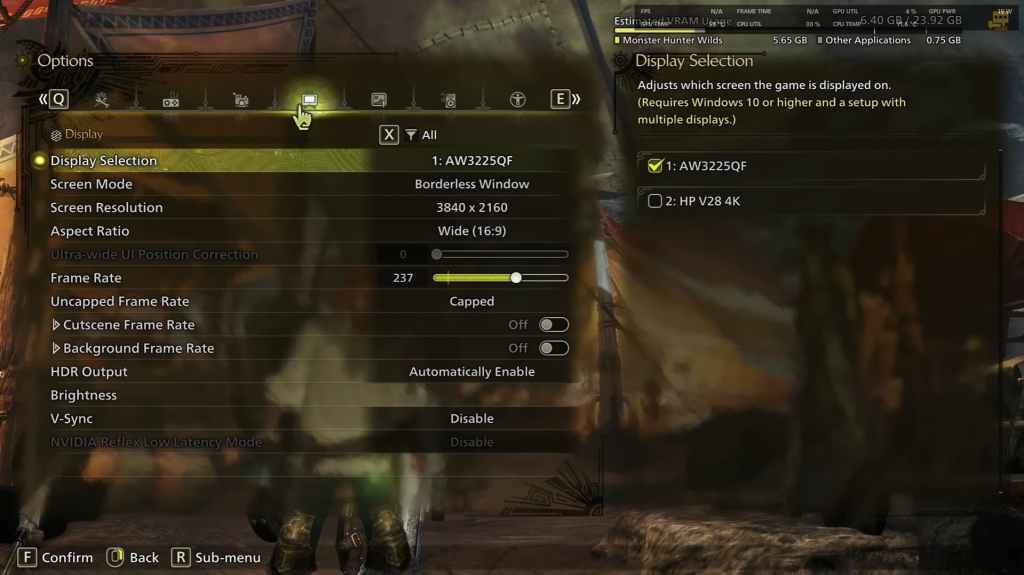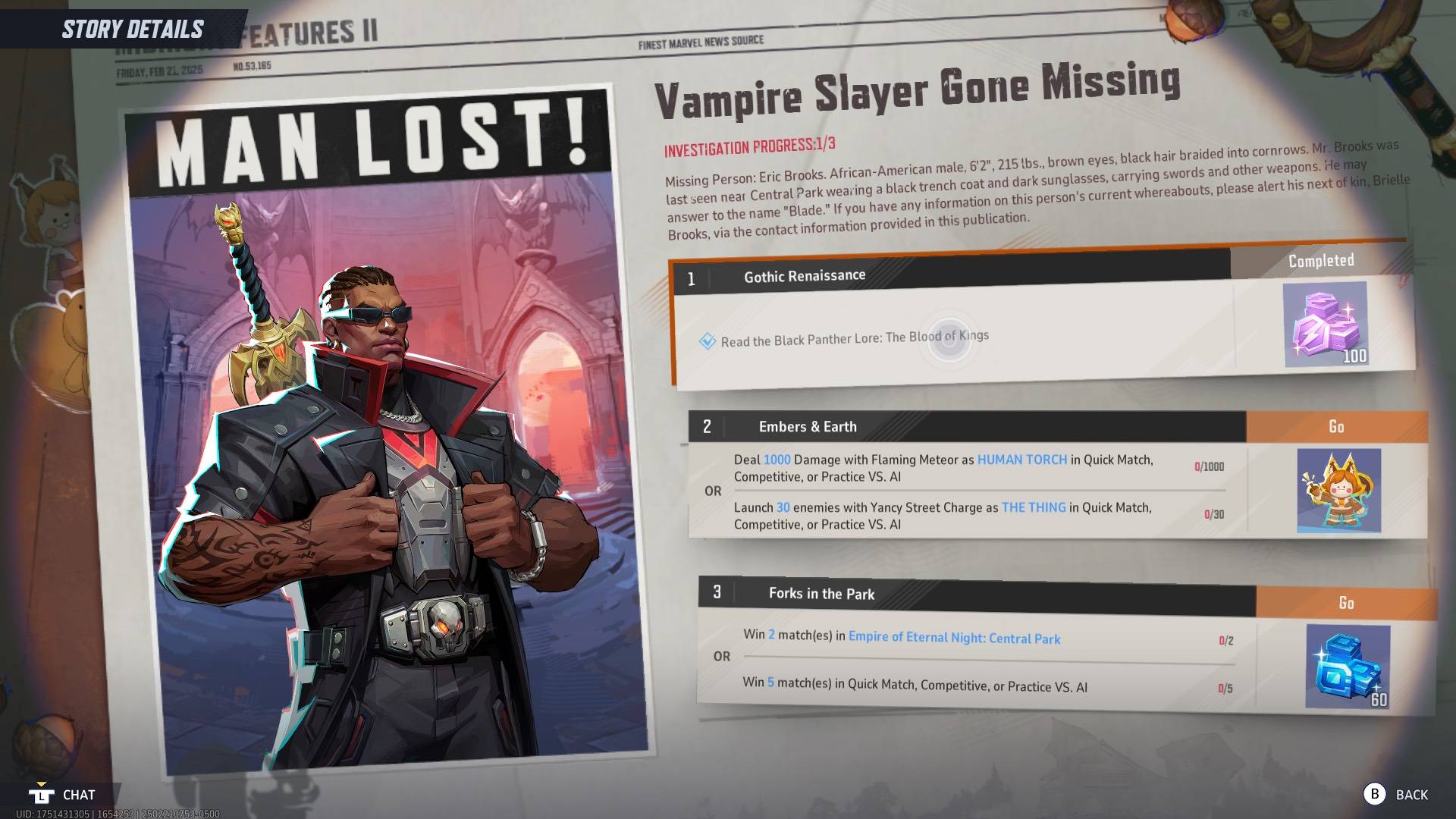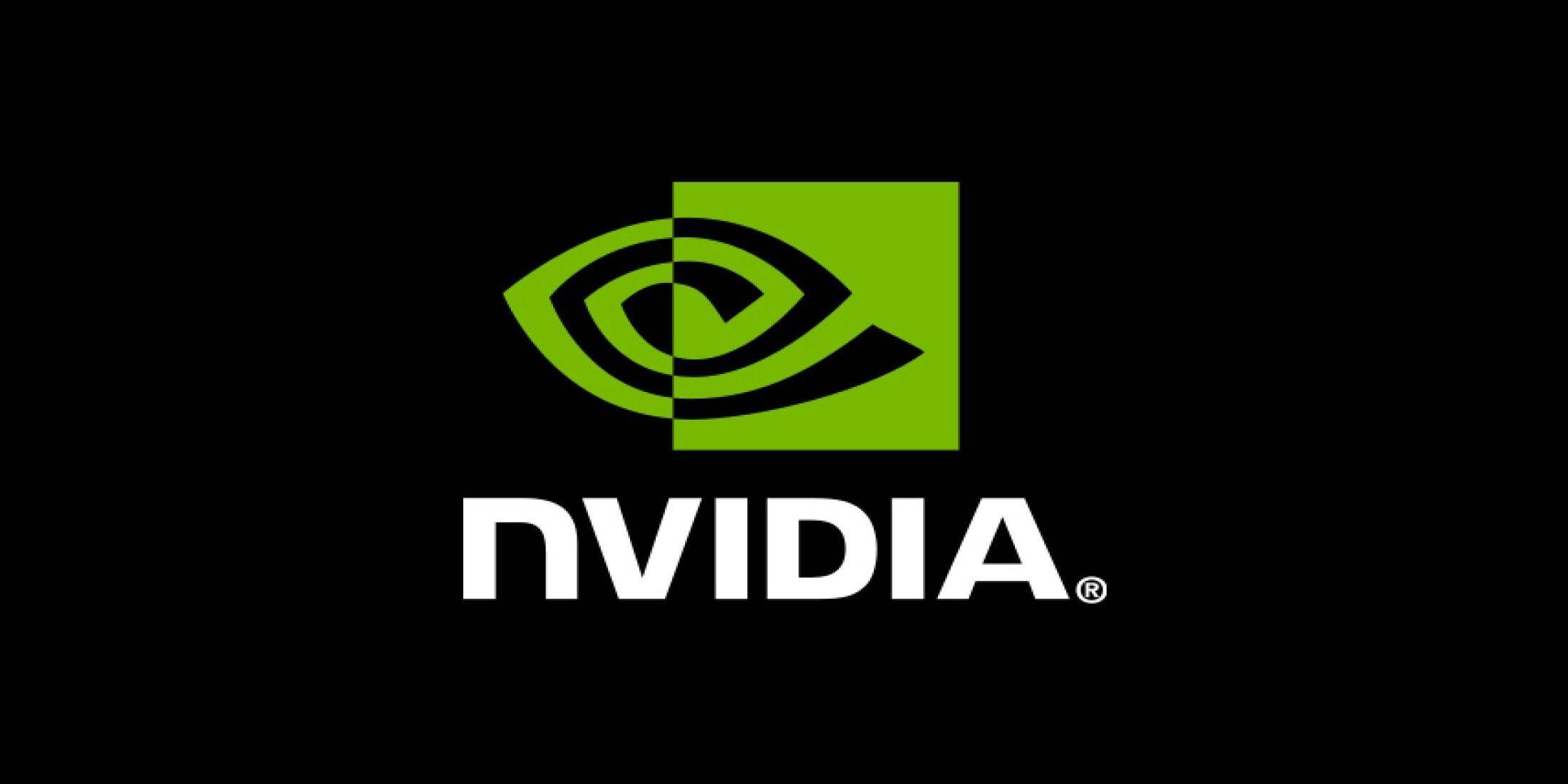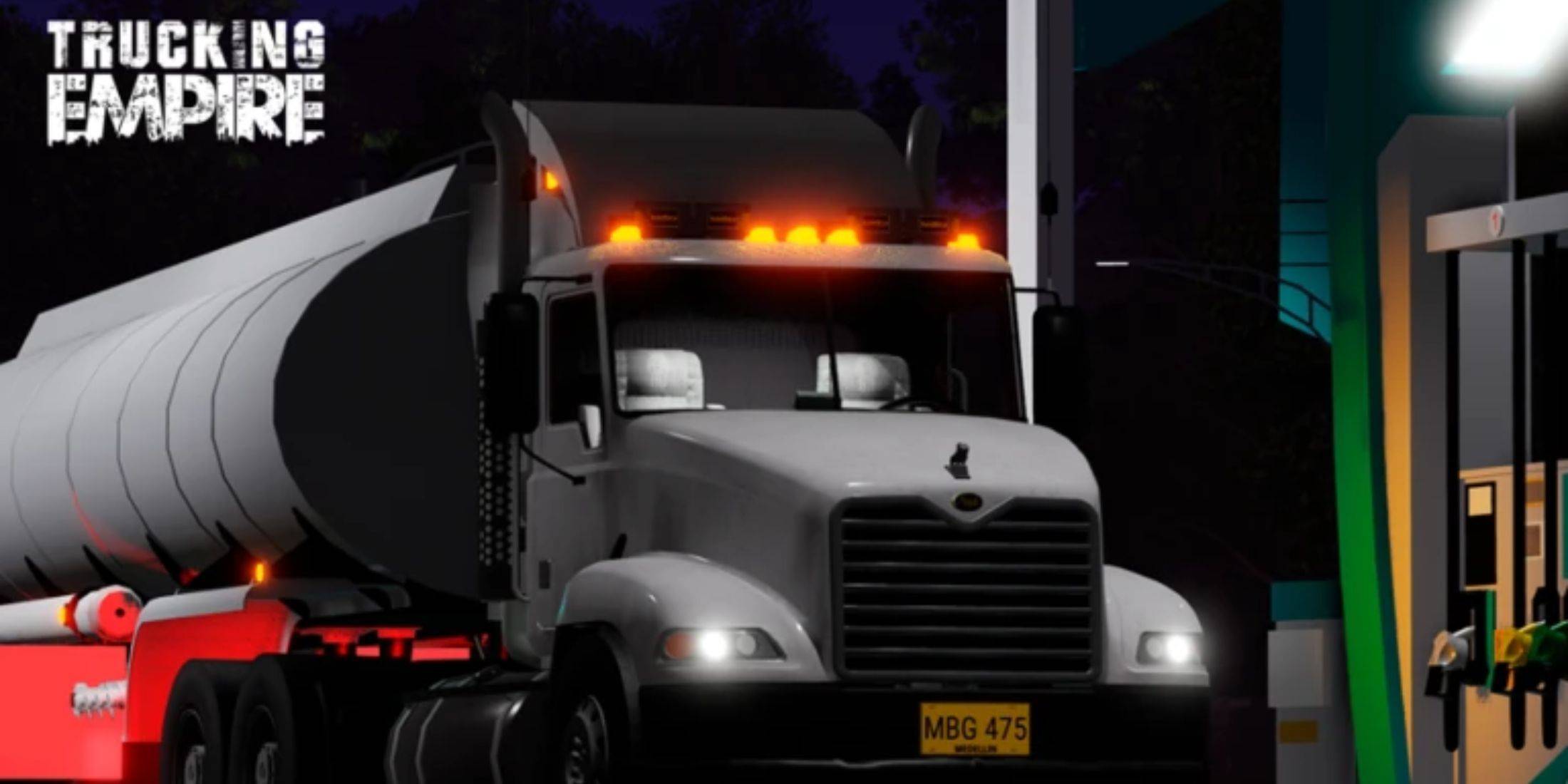Optimize Monster Hunter Rise Graphics
Monster Hunter Wilds boasts stunning visuals, but achieving optimal performance while retaining visual fidelity requires careful graphics setting adjustments. This guide outlines the best settings for various PC builds.
Recommended Videos: Monster Hunter Wilds System Requirements
High resolutions and maximum settings demand a high-end GPU with ample VRAM and a powerful CPU. Find out where to purchase Monster Hunter Wilds for your preferred platform.
| Minimum Requirements | Recommended Requirements |
| OS: Windows 10 or newer CPU: Intel Core i5-10600 / AMD Ryzen 5 3600 Memory: 16GB RAM GPU: NVIDIA GTX 1660 Super / AMD Radeon RX 5600 XT (6GB VRAM) DirectX: Version 12 Storage: 140GB SSD required Performance Expectation: 30 FPS @ 1080p (upscaled from 720p) | OS: Windows 10 or newer CPU: Intel Core i5-11600K / AMD Ryzen 5 3600X Memory: 16GB RAM GPU: NVIDIA RTX 2070 Super / AMD RX 6700XT (8-12GB VRAM) DirectX: Version 12 Storage: 140GB SSD required Performance Expectation: 60 FPS @ 1080p (Frame Generation enabled) |
Monster Hunter Wilds: Best Graphics Settings
Optimizing Monster Hunter Wilds graphics settings is crucial, regardless of your hardware. Significant performance gains are possible without sacrificing visual quality. The difference between Ultra and High settings is often minimal visually, yet the performance impact is substantial.
Display Settings

Screen Mode: Personal preference; Bordered Fullscreen offers better performance when tabbing out frequently. Resolution: Your monitor's native resolution. Frame Rate: Match your monitor's refresh rate (e.g., 144Hz, 240Hz). V-Sync: Off for reduced input lag.
Graphics Settings

| Setting | Recommended | Description |
| Sky/Cloud Quality | Highest | Enhances atmospheric detail. |
| Grass/Tree Quality | High | Affects vegetation detail. |
| Grass/Tree Sway | Enabled | Adds realism; minor performance impact. |
| Wind Simulation Quality | High | Improves environmental effects. |
| Surface Quality | High | Details on ground and objects. |
| Sand/Snow Quality | Highest | For detailed terrain textures. |
| Water Effects | Enabled | Adds reflections and realism. |
| Render Distance | High | Determines how far objects are rendered. |
| Shadow Quality | Highest | Improves lighting; demanding. |
| Distant Shadow Quality | High | Enhances shadow detail at a distance. |
| Shadow Distance | Far | Controls how far shadows extend. |
| Ambient Light Quality | High | Enhances shadow detail at a distance. |
| Contact Shadows | Enabled | Enhances small object shadowing. |
| Ambient Occlusion | High | Improves depth in shadows. |
These settings prioritize visual fidelity. Since Monster Hunter Wilds isn't a competitive game, sacrificing visuals for minor FPS gains diminishes the overall experience. However, adjust as needed based on your PC's capabilities.
To boost FPS, prioritize reducing Shadows and Ambient Occlusion, which are the most resource-intensive. Lowering distant shadows, shadow distance, water effects, and sand/snow quality also helps.
Best Settings for Different Builds
Not all PCs can handle maximum settings. Here are optimized settings for various hardware tiers. Settings not listed should remain at their defaults.
Mid-Range Build (GTX 1660 Super / RX 5600 XT)
Resolution: 1080p Upscaling: AMD FSR 3.1 Balanced Frame Gen: Off Textures: Low Render Distance: Medium Shadow Quality: Medium Distant Shadow Quality: Low Grass/Tree Quality: Medium Wind Simulation: Low Ambient Occlusion: Medium Motion Blur: Off V-Sync: Off Expected Performance: ~40-50 FPS at 1080p
Recommended Build (RTX 2070 Super / RX 6700XT)
Resolution: 1080p Upscaling: FSR 3.1 Balanced Frame Gen: Enabled Textures: Medium Render Distance: Medium Shadow Quality: High Distant Shadow Quality: Low Grass/Tree Quality: High Wind Simulation: High Ambient Occlusion: Medium Motion Blur: Off V-Sync: Off Expected Performance: ~60 FPS at 1080p
High-End Build (RTX 4080 / RX 7900 XTX)
Resolution: 4K Upscaling: DLSS 3.7 Performance (NVIDIA) / FSR 3.1 (AMD) Frame Gen: Enabled Textures: High Render Distance: Highest Shadow Quality: High Distant Shadow Quality: High Grass/Tree Quality: High Wind Simulation: High Ambient Occlusion: High Motion Blur: Off V-Sync: Off Expected Performance: ~90-120 FPS at 4K (upscaled)
Monster Hunter Wilds offers extensive graphical options, but not all impact gameplay equally. For optimal performance, adjust shadows, ambient occlusion, and render distance. Budget users should utilize FSR 3 upscaling, while high-end builds can leverage 4K settings with frame generation. A balance of medium-high settings, upscaling, and adjusted shadow/distance settings works best for most.
Monster Hunter Wilds is available now on PlayStation, Xbox, and PC.
-
1

Every Pokémon Game on the Nintendo Switch in 2025
Feb 25,2025
-
2

How To Read Black Panther Lore: The Blood of Kings in Marvel Rivals
Mar 01,2025
-
3
![Anime Vanguards Tier List – Best Units For Each Gamemode [UPDATE 3.0]](https://images.gzztb.com/uploads/35/17376012656791b0f12fa1c.jpg)
Anime Vanguards Tier List – Best Units For Each Gamemode [UPDATE 3.0]
Feb 27,2025
-
4

Nvidia RTX 5090 Specs Leak: Rumor Confirmed?
Mar 14,2025
-
5

Hearthstone has kicked off the Year of the Raptor with a myriad of new content
Mar 16,2025
-
6

Ragnarok X: Next Gen - Complete Enchantment Guide
May 25,2025
-
7

McLaren Returns to PUBG Mobile Collaboration
Aug 27,2024
-
8

January 15 Is Suddenly a Big Day for Call of Duty: Black Ops 6 Zombies Fans
Feb 20,2025
-
9

Assetto Corsa EVO Release Date and Time
Jan 05,2025
-
10

Roblox: Trucking Empire Codes (January 2025)
Mar 05,2025
-
Download

DoorDash - Food Delivery
Lifestyle / 59.30M
Update: Apr 23,2025
-
Download

Niramare Quest
Casual / 626.43M
Update: Feb 21,2023
-
Download

The Golden Boy
Casual / 229.00M
Update: Dec 17,2024
-
4
POW
-
5
Gamer Struggles
-
6
Mother's Lesson : Mitsuko
-
7
Poly Pantheon Chapter One V 1.2
-
8
How To Raise A Happy Neet
-
9
Dictator – Rule the World
-
10
Strobe













